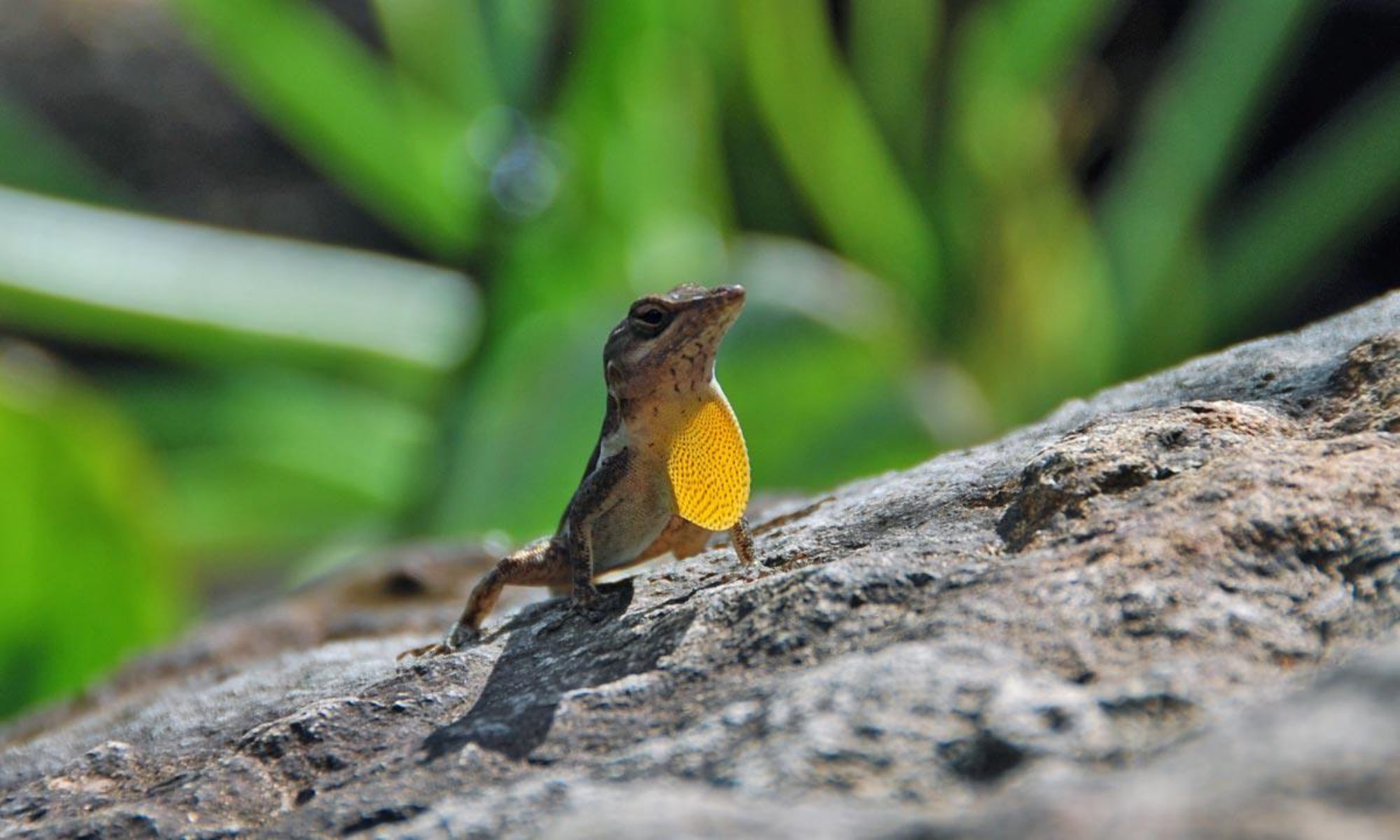Pigeon peas
Cajanus cajan
Pigeon peas (aka fio fio, gungo pea, gandul) are high in protein, vitamin C, and can be part of a nutritionally complete meal with the addition of a grain.

They grow easily with minimal input in our environment. The do well in areas where annual rainfall is under 650 mm (St Maarten / St Martin averages under 1,000 mm per year) and seeds can be saved year after year. Pigeon Peas also self seed easily, cheerfully popping up in unexpected places thanks to our bird population.
Shelling peas can be quite a chore, but it is a good way to teach kids about the hard work that goes into growing and preparing the food they eat. Use pigeon peas as immature green peas, matured and dried, or even sprouted.
Pigeon peas (and all legumes to varying degrees) contain indigestible sugars that can cause discomfort is certain people. Sprouting or fermenting can help make them more easily digestible. Legumes also contain lectins which are toxic when undercooked or raw. This is why soaking and cooking is an important part of any bean recipe.
A little bit of Pigeon Pea history:
Do you remember gardening and cooking with your grandmother or mother? What chores do you remember fondly? Which did you dislike, no matter how character building they may have been?
Disclaimer: This post contains affiliate links. We may be compensated (at no cost to you) should you decide to buy online. However, for our St Maarten / St Martin visitors we encourage you to shop local, and every effort has been made to provide a local source. Please let us know if you want to be included!


I Love this!!! Xoxoxox